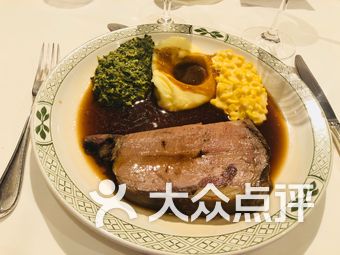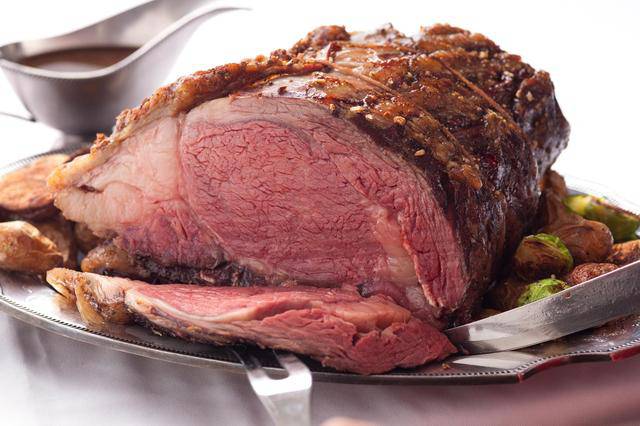Chef John Prime Rib Recipe: The Ultimate Guide to a Perfectly Cooked Prime Rib
Guide or Summary:Choosing the Right CutSeasoning and PreparationCooking TechniquesResting and CarvingServing SuggestionsWhen it comes to preparing a show-st……
Guide or Summary:
- Choosing the Right Cut
- Seasoning and Preparation
- Cooking Techniques
- Resting and Carving
- Serving Suggestions
When it comes to preparing a show-stopping meal, nothing beats a perfectly cooked prime rib. If you're looking to impress your guests, look no further than the Chef John Prime Rib Recipe. This recipe has garnered widespread acclaim for its simplicity, flavor, and foolproof results. In this detailed guide, we'll walk you through every step of the process to ensure you achieve a prime rib that's juicy, tender, and bursting with flavor.
Choosing the Right Cut
The foundation of any great prime rib starts with the quality of the meat. For the Chef John Prime Rib Recipe, you'll want to select a well-marbled cut. The marbling, or the fat interspersed within the muscle, is crucial for flavor and tenderness. Opt for a prime grade rib roast if possible, as it boasts the highest quality. If prime grade is unavailable, a choice grade will also yield excellent results. When purchasing, ask your butcher for a bone-in rib roast, as the bones add flavor and help insulate the meat during cooking.

Seasoning and Preparation
One of the hallmarks of the Chef John Prime Rib Recipe is its straightforward seasoning. Simplicity is key here, allowing the natural flavors of the beef to shine. Start by generously seasoning the roast with kosher salt and freshly ground black pepper. For an added layer of flavor, you can also rub the roast with a mixture of minced garlic, rosemary, and thyme. Ensure that the seasoning is evenly distributed, covering all sides of the roast.
Cooking Techniques
The Chef John Prime Rib Recipe employs a two-step cooking method to achieve the perfect balance of a flavorful crust and a tender, juicy interior. Begin by preheating your oven to a high temperature, around 450°F (232°C). Place the seasoned roast on a rack in a roasting pan, bone-side down. This initial high-heat phase helps to develop a beautiful crust on the outside of the roast.
After about 20 minutes, reduce the oven temperature to 325°F (163°C). Continue roasting until the internal temperature reaches your desired level of doneness. For a medium-rare prime rib, aim for an internal temperature of 130°F (54°C). Use a meat thermometer to ensure accuracy, inserting it into the thickest part of the roast without touching the bone.

Resting and Carving
Once the prime rib reaches the desired internal temperature, remove it from the oven and tent it loosely with aluminum foil. Allow the roast to rest for at least 20 minutes before carving. This resting period is crucial, as it allows the juices to redistribute throughout the meat, resulting in a more tender and flavorful roast.
When it comes time to carve, use a sharp carving knife to slice the roast against the grain. For bone-in roasts, you can either carve individual slices or cut between the bones to serve bone-in portions. Arrange the slices on a platter and garnish with fresh herbs for an elegant presentation.
Serving Suggestions
A prime rib of this caliber deserves equally impressive side dishes. Traditional accompaniments include creamy horseradish sauce, au jus, and Yorkshire pudding. For a well-rounded meal, consider serving the prime rib with roasted vegetables, garlic mashed potatoes, or a crisp green salad.

In conclusion, the Chef John Prime Rib Recipe is a tried-and-true method for achieving a prime rib that's sure to impress. By following these steps and paying attention to detail, you'll be able to create a memorable dining experience for your family and friends. Whether it's for a special occasion or a holiday feast, this recipe is a surefire way to elevate your culinary repertoire.